Jute 1st Drawing Machine
Jute 1st Drawing Machine Trade Information
- Supply Ability
- 1 Per Month
- Delivery Time
- 2 Months
- Main Domestic Market
- All India
About Jute 1st Drawing Machine
Screw Gill
Screw gill second drawing machine and inter drawing machines basically has 5 heads and 10 deliveries (8 Silver per head & 2 deliveries per head) 12. These screws are fitted with back uprights, with helps in better turning and packing motions along with high-density and electrical.
Advanced Technology and Durability
Built with a combination of mild steel and cast iron, the Jute 1st Drawing Machine stands out for its structural integrity and long-lasting performance. The robust design minimizes maintenance needs and supports continuous operation in demanding industrial environments.
Efficient Yarn Processing Capabilities
With a drawing width of 620 mm and the ability to handle up to 8 tons per day, this machine excels in processing large quantities of jute yarn. Its four-roller system ensures uniform drawing and consistent output, enhancing the overall quality of the finished product.
FAQs of Jute 1st Drawing Machine:
Q: How is the Jute 1st Drawing Machine utilized in jute yarn processing?
A: This machine is used to stretch and align jute fibers into uniform yarn during the initial drawing phase. The process improves the strength and consistency of the jute yarn before further processing or spinning.Q: What materials are used in the construction of the Jute 1st Drawing Machine?
A: The main structural components are made from mild steel (MS) and cast iron, contributing to the machines durability, stability, and resistance to wear.Q: When is it ideal to use this model in the jute processing workflow?
A: It is best employed after the jute fibers have been cleaned and prepared, serving as the first step in the mechanical drawing sequence to ensure optimal yarn quality.Q: Where can the Jute 1st Drawing Machine be sourced or exported from?
A: This model is manufactured, supplied, and exported by companies based in India. It is available through exporters, manufacturers, suppliers, and traders specializing in jute machinery.Q: What process does the machine facilitate?
A: By passing fibers through its four rollers at variable speeds, the machine draws and aligns the jute, making it suitable for subsequent spinning and strengthening operations.Q: How does automation benefit users of this semi-automatic drawing machine?
A: Semi-automatic features allow streamlined operation with minimal manual intervention, reducing labor and improving processing consistency while still offering control over key parameters.Q: What advantages does this machine offer in terms of production efficiency?
A: With a capacity of up to 8 tons per day and speeds between 160 and 300 meters per minute, the machine significantly boosts productivity and ensures uniform quality in large-scale jute processing facilities.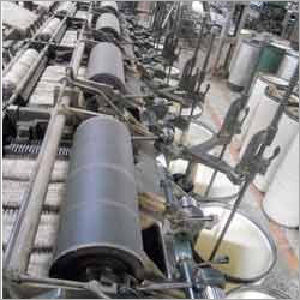
Tell us about your requirement

Price:
Quantity
Select Unit
- 50
- 100
- 200
- 250
- 500
- 1000+
Additional detail
Mobile number
Email

 Send Inquiry
Send Inquiry
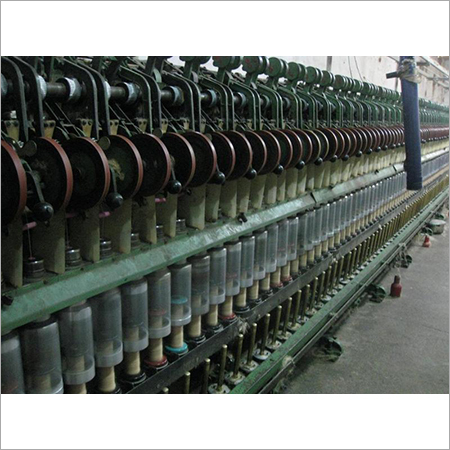
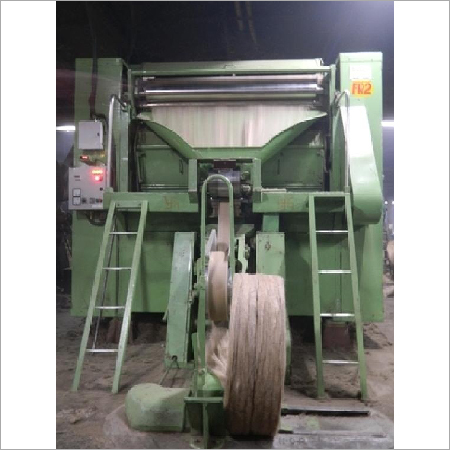
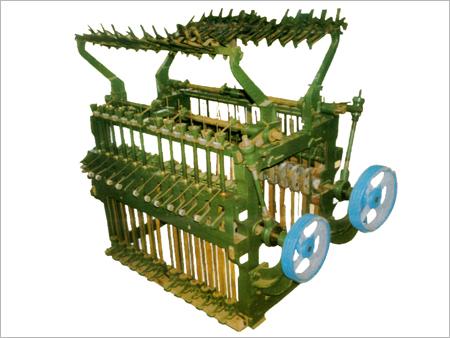
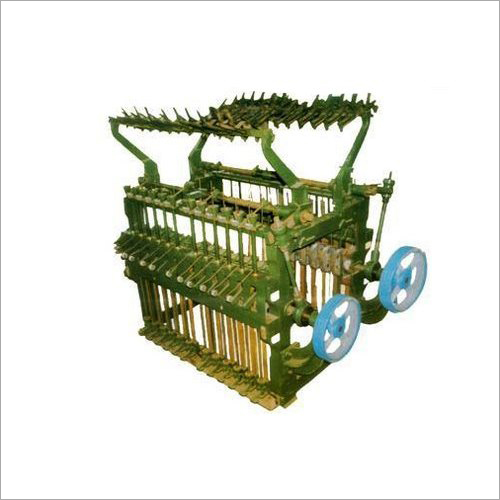


 Send Inquiry
Send Inquiry Send SMS
Send SMS